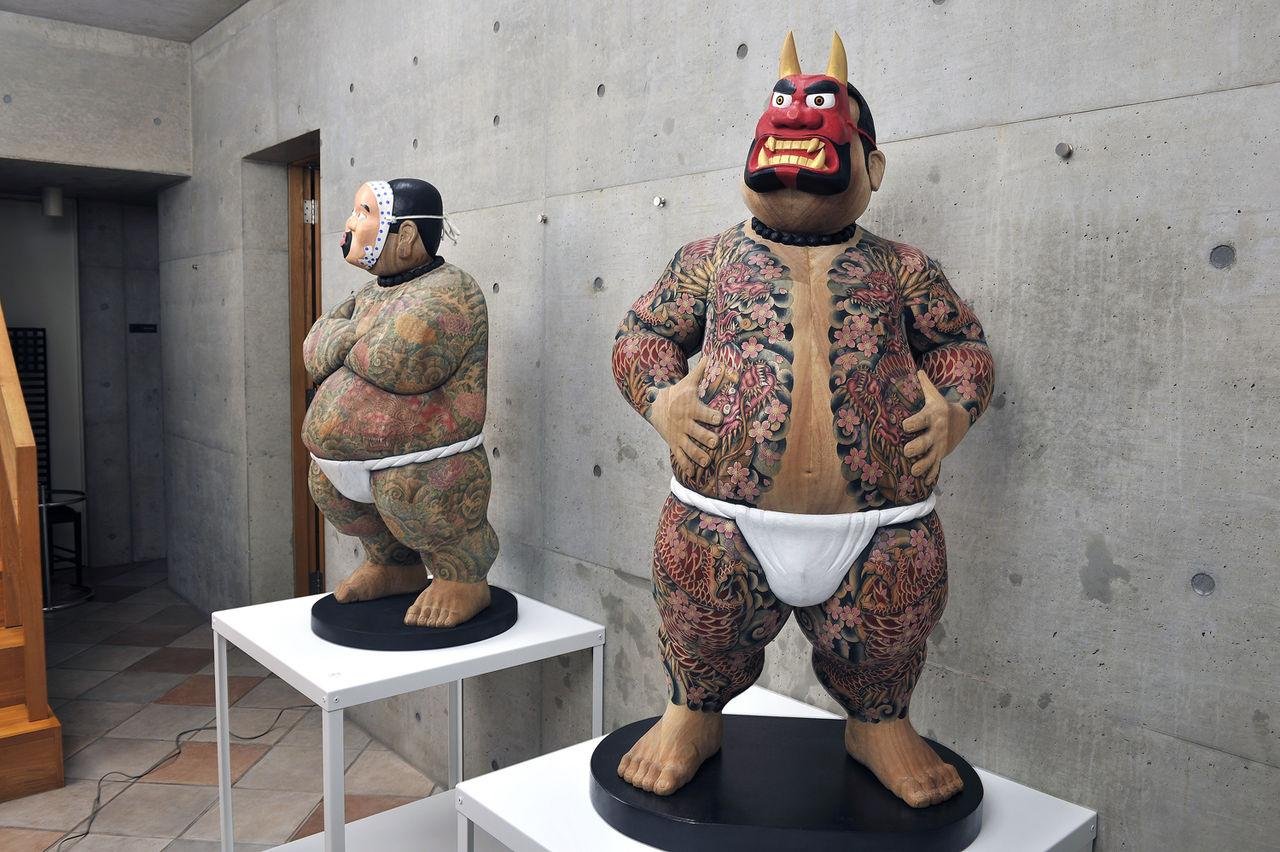Opening a Window on New York: Masao Gozu

When Masao Gozu moved to New York after he graduated from Toyo Institute of Art and Design in 1970, he quickly fell in love with the city and its inhabitants.
To show his appreciation, the photographer began to shoot strangers in New York, capturing them in their windows throughout the whole city.
In the eighties, Gozu decided he wanted to create his own windows by using brick facades and window frames of demolished buildings. In this way, he recreated the windows he shot in his photos. Soon, he decided to use his creations in his photography, creating combinations of sculptures and photographs.
“For me the window is a mirror, a mirror in which I see myself through time.”
The carefully chosen perspectives make his photos special. By using the natural frame the window in the facade gives, he created a collection of pictures of people's lives and their city.
A perfect example for this is a series of photographs, with framing precisely fixed, into the window of Harry's Bar [later renamed Harold's Bar]. You can almost see a timelapse with the window changing over time, from season to season. This was also the window that gave him the initial idea to go beyond photography. When the bar was closing for good and put their interior for sale, Gozu asked to buy the whole window. Since the owner called him crazy and denied his request, he decided to build his own windows, making them the subject himself.
In a recent interview, Gozu revealed that, in the beginning, it was also the distance between him and the people he would shoot that led him to the idea of capturing windows. Since he wasn’t a trained photographer, he felt more comfortable shooting from a distance. However he continues, he feels like the way people use their windows says a lot about their cultural background and lifestyle, whether they would hide behind them, lean out or even be outside the apartment most of the time.
In his exhibitions, Gozu mixes sculptures and photographs, simulating an ode to New York City and its people.

![Tokyo 2014 by Sohei Nishino [2013-2014]: Fragments of a Whole](https://images.squarespace-cdn.com/content/v1/57825361440243db4a4b7830/1644039547216-KKBFU86I4U677YQENC7M/Diorama-Map-Tokyo-2014-c-Sohei-Nishino-Courtesy-Michael-Hoppen-Gallery.jpeg)



